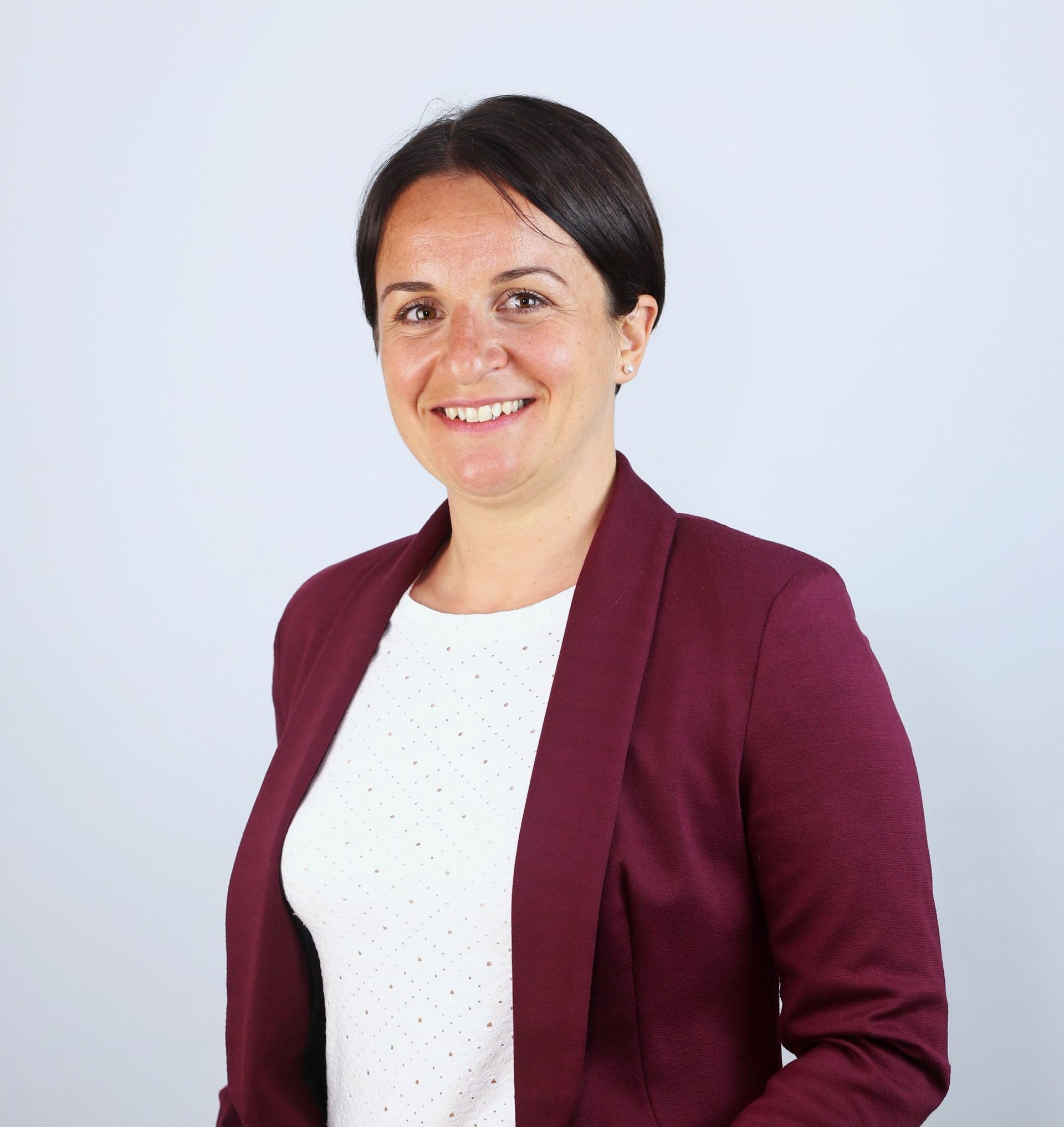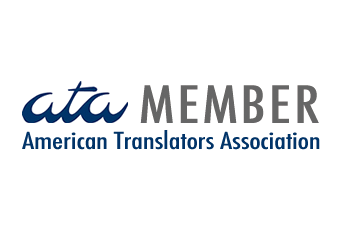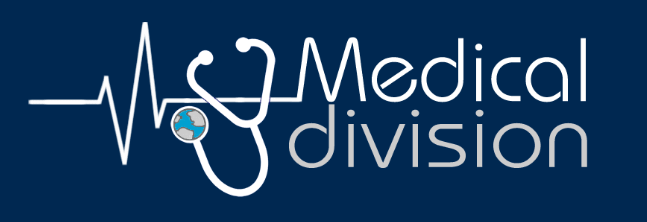The Rise of MedTech Startups in Canada’s Medical Device Industry
Canada has emerged as a growing hub for medical device innovation, particularly in the MedTech startup ecosystem. With its strong academic institutions, world-class healthcare system, and robust government support for research and development, the country has positioned itself as a fertile ground for medical technology startups aiming to revolutionize patient care.
A Thriving Ecosystem
Canada is home to more than 1,500 medical device companies, with a significant concentration in provinces like Ontario, Quebec, and British Columbia. Toronto and Montreal, in particular, have become key centers for MedTech innovation. The ecosystem benefits from close collaboration between universities, hospitals, and incubators, fostering a dynamic environment for startups to prototype and test their technologies.
Key Areas of Innovation
Canadian MedTech startups are innovating across a wide range of fields, including:
- Digital health and wearable diagnostics
- AI-powered medical imaging and analysis
- Remote patient monitoring and telemedicine
- Minimally invasive surgical tools and robotics
- Point-of-care diagnostics and lab-on-a-chip solutions
Notable startups include CloudDX (digital vital sign monitoring), MIMOSA Diagnostics (mobile imaging for skin and wound care), and Aspect Biosystems (3D bioprinting of human tissues).
Funding and Support in the Canadian MedTech industry
One of the key advantages for MedTech startups in Canada is access to non-dilutive funding through government programs such as:
- Innovative Solutions Canada (ISC)
- Industrial Research Assistance Program (IRAP)
- Strategic Innovation Fund (SIF)
In addition, venture capital activity in Canadian healthcare startups is increasing. In 2023 alone, over CAD 500 million was invested in Canadian MedTech ventures, signaling growing investor confidence in the sector.
Regulatory Environment
Canada’s regulatory framework for medical devices is governed by Health Canada which ensures that products meet stringent safety, efficacy, and quality standards before they are authorized for sale.
Medical devices are categorized into four classes (I to IV) based on the level of risk they pose, with Class I representing low-risk devices (like tongue depressors) and Class IV covering high-risk devices (such as implantable pacemakers). Startups developing higher-class devices must submit detailed evidence including clinical data, quality system documentation (typically ISO 13485 certification), and labeling information.
Although navigating the regulatory landscape can be complex, Health Canada is known for its transparent, science-based review process. In recent years, the agency has also taken steps to modernize and accelerate reviews, particularly for Software as a Medical Device (SaMD) and digital health technologies, offering guidance documents and participating in international regulatory harmonization efforts. Gaining Health Canada approval not only enables access to the Canadian market but also strengthens a startup’s credibility when pursuing approvals from other major regulators like the U.S. FDA or European MDR.
Challenges Ahead for MedTech Startups in Canada
Despite these strengths, Canadian MedTech startups face challenges such as:
- Long procurement cycles in public healthcare systems
- Talent retention, especially in high-demand technical fields
- Need for better integration of AI and cybersecurity in medical devices
Nonetheless, with a supportive infrastructure and an increasing number of health-tech accelerators like
MEDTEQ+,
MaRS Discovery District, and
The Biomedical Zone, Canada is poised to become a global leader in MedTech innovation.
Canada’s medical device industry, especially its startup segment, is on a promising trajectory. By leveraging government support, academic excellence, and an increasingly digital healthcare landscape, MedTech startups in Canada are driving meaningful change — not just within the country, but across global healthcare markets.
Do you need to translate medical device instructions (IFUs) into Canadian French? Trust a professional medical translator to ensure a successful market entry.
Emi Lecret
Helping innovative medical organizations make a difference and improving patients' lives
Read more about my services or get in touch with me today at contact@emilecret.com










